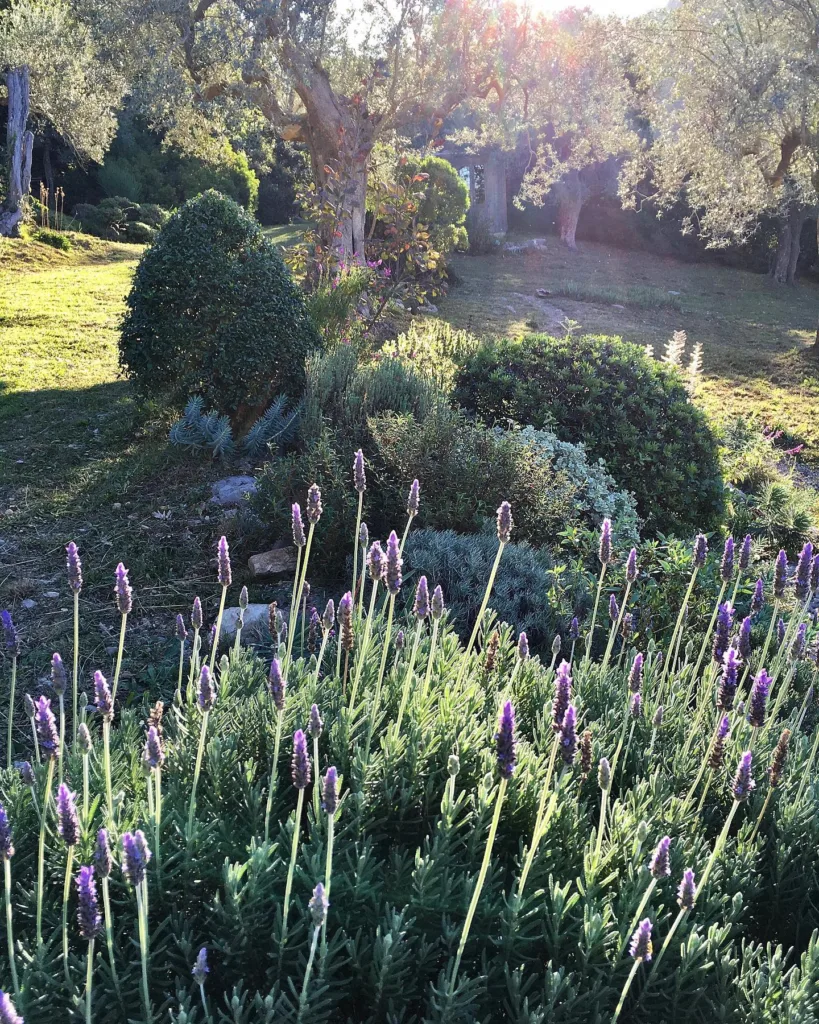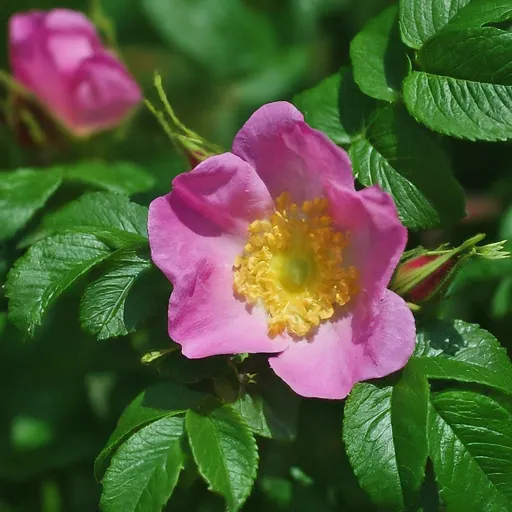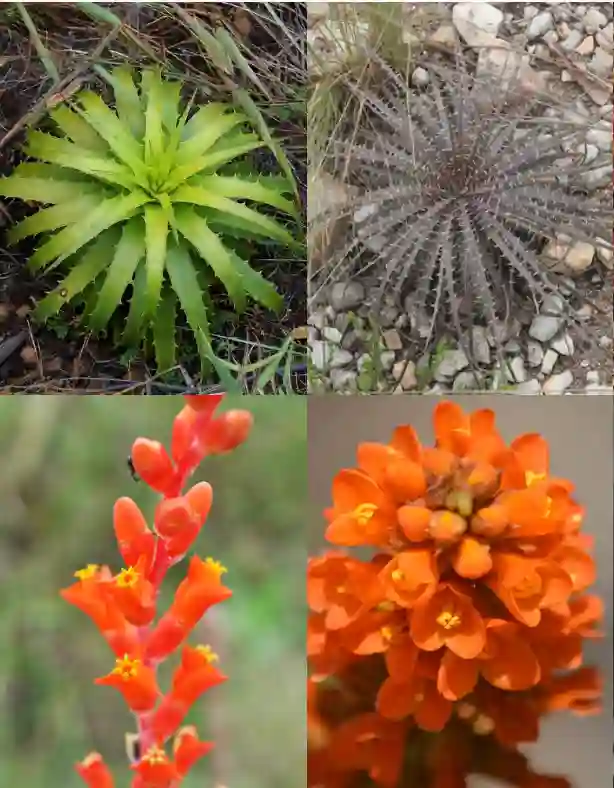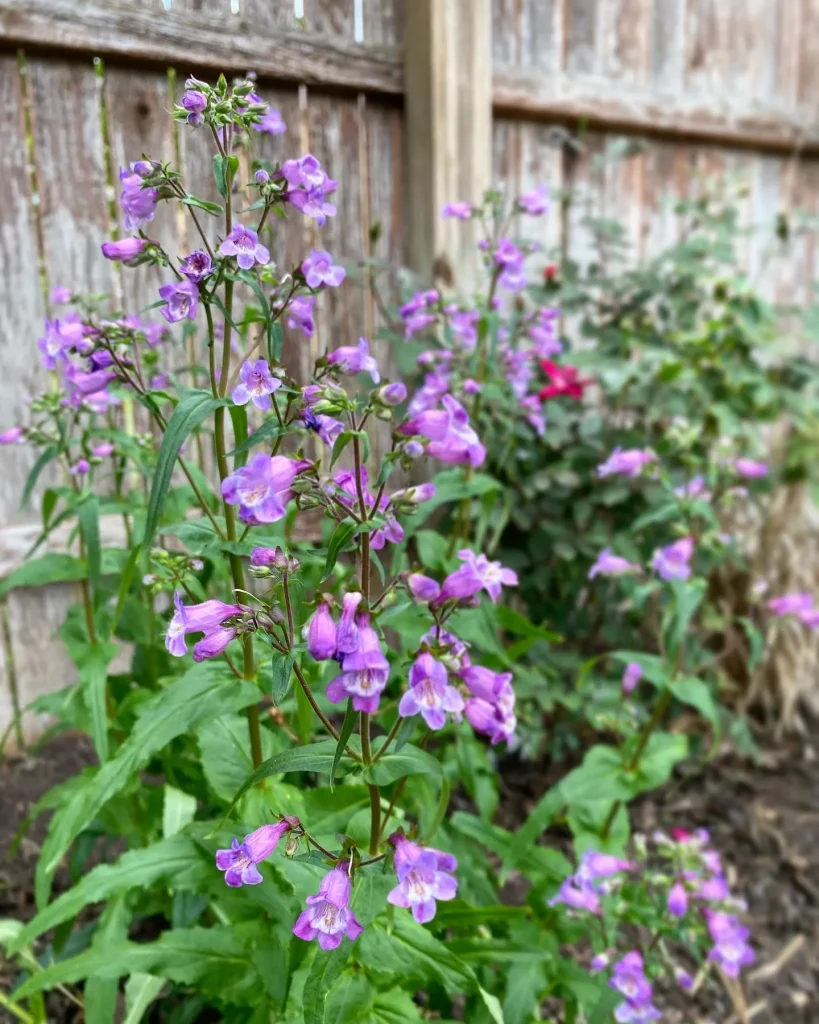Euryale: A Prickly Subject
My name is Ferb Vu, and I’m fascinated by the genus Euryale. It’s a captivating group of plants with a unique beauty and a rather prickly personality. As a botanist, I’ve spent countless hours studying these aquatic wonders, and I’m eager to share my knowledge with you.
What is Euryale?
Euryale is a genus of flowering plants in the water lily family, Nymphaeaceae. It’s a bit of an oddball in the family, though, as it’s the only genus where the pollen grains have three nuclei. Most folks only know about one species, Euryale ferox, but there’s more to this genus than meets the eye.
The Species in Euryale
While Euryale ferox is the most well-known and the only extant (living) species, the genus boasts a fascinating history with several extinct species. Here’s a breakdown:
- Extant Species:
- Euryale ferox: This is the star of the show. It’s known by many names, including prickly water lily, fox nut, gorgon plant, and makhana. It’s native to eastern Asia and is prized for its edible seeds.
- Extinct Species:
- Euryale yunnanensis
- Euryale nodulosa
- Euryale europaea
- Euryale lissa
- Euryale akashiensis
- Euryale sukaczevii
- Euryale tenuicostata
- Euryale limburgensis
These extinct species provide valuable insights into the evolutionary history of Euryale and its relationship to other water lilies. By studying their fossil remains, we can piece together how this unique genus has changed over millions of years.
The Beauty of Euryale ferox
Euryale ferox is a truly remarkable plant. Its large, round leaves can reach over a meter in diameter, and they’re covered in sharp prickles, giving them a distinctly prehistoric look. The leaves are green on top and a striking violet underneath, adding to their visual appeal.
But the real showstopper is the flower. It emerges from the murky depths, a vibrant purple bloom that contrasts beautifully with the prickly foliage. The flower is large and showy, with numerous petals that form a delicate cup. It’s a fleeting beauty, though, as the flower only lasts for a day or two.
The Importance of Euryale ferox
Beyond its aesthetic appeal, Euryale ferox plays a crucial role in its ecosystem. Its large leaves provide shade and shelter for aquatic creatures, while its seeds serve as a food source for both wildlife and humans.
In many parts of Asia, the seeds of Euryale ferox are a staple food. They’re often roasted or ground into flour and used in various dishes. The seeds are highly nutritious, packed with protein, carbohydrates, and essential minerals. They’re also believed to have medicinal properties and are used in traditional medicine to treat a variety of ailments.
Conservation Concerns
Despite its importance, Euryale ferox is facing increasing threats. Habitat loss due to pollution and development is a major concern. Over-harvesting of the seeds is also putting pressure on wild populations.
Conservation efforts are underway to protect this valuable species. In some areas, sustainable harvesting practices are being promoted to ensure the long-term survival of Euryale ferox. Public awareness campaigns are also helping to educate people about the importance of conserving this unique plant.
The Future of Euryale
As a botanist, I’m committed to studying and protecting Euryale. This genus holds a special place in my heart, and I believe it has much to offer the world. By understanding its biology, ecology, and cultural significance, we can ensure its survival for generations to come.
I hope this article has shed some light on the fascinating world of Euryale. It’s a genus full of surprises, from its prickly leaves to its edible seeds. Whether you’re a botanist, a foodie, or simply someone who appreciates the beauty of nature, I encourage you to learn more about this remarkable plant.
If i die, water my plants!



